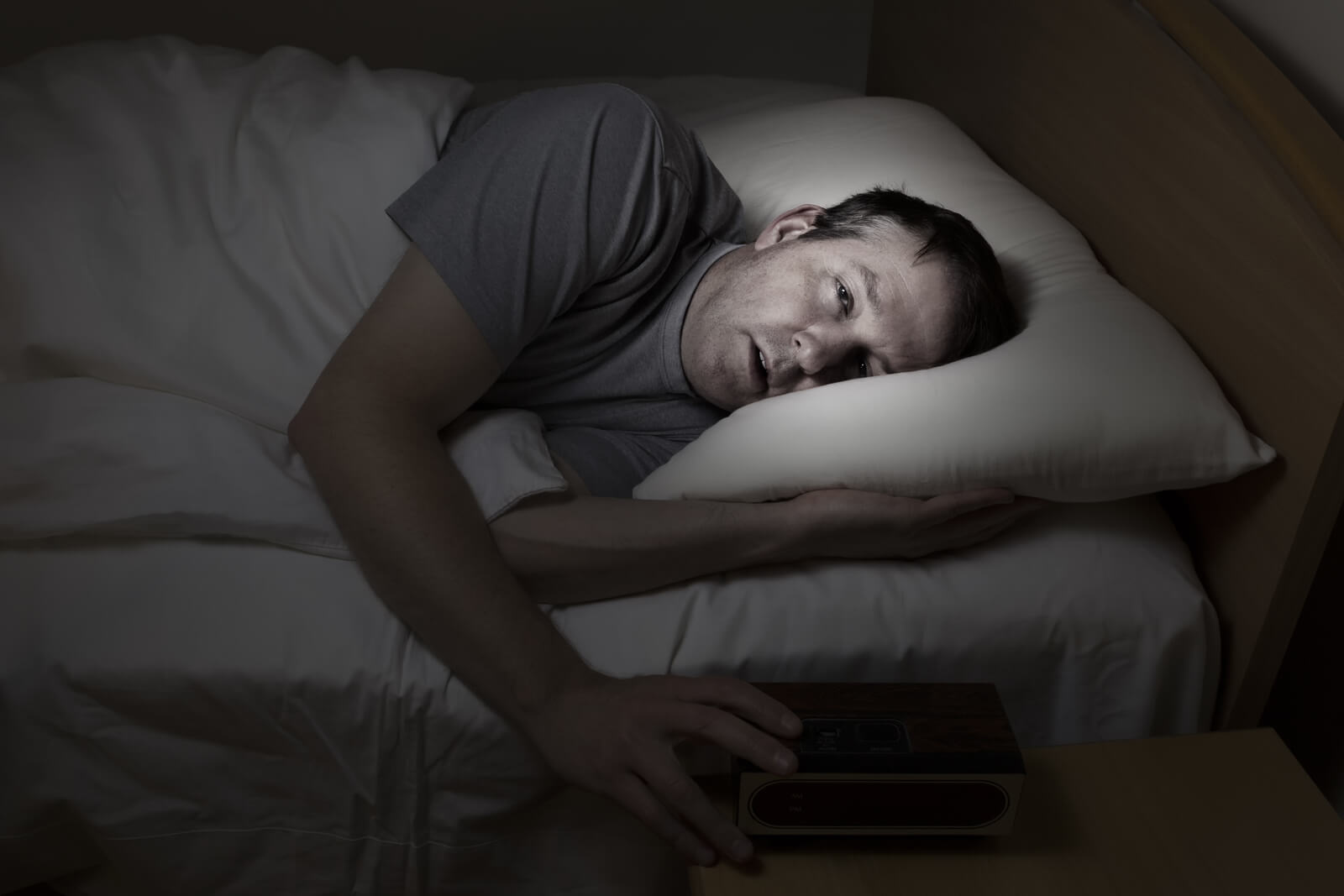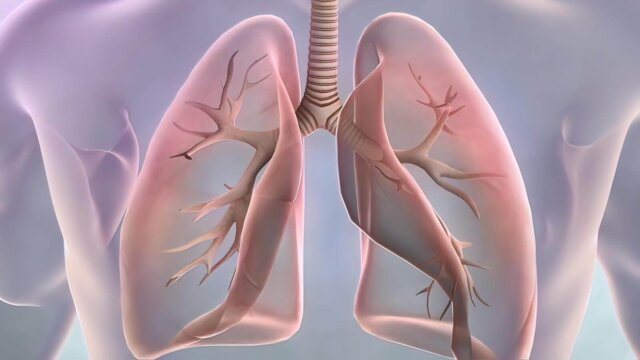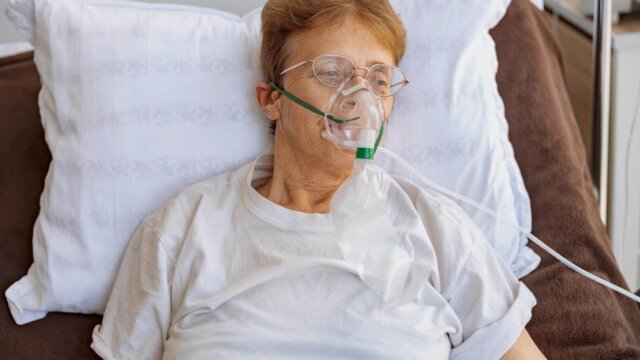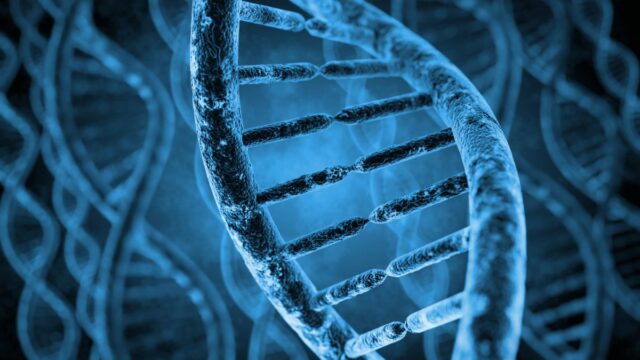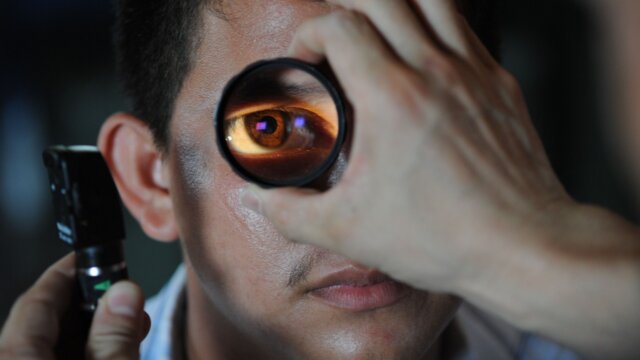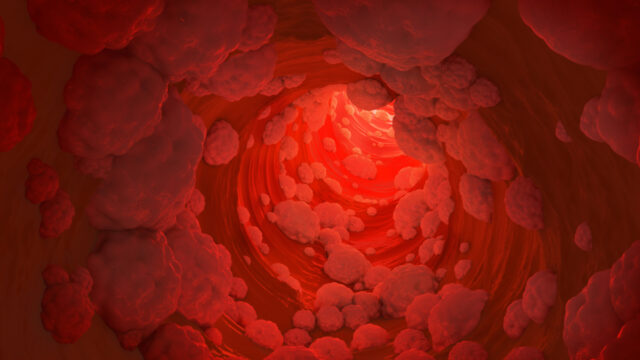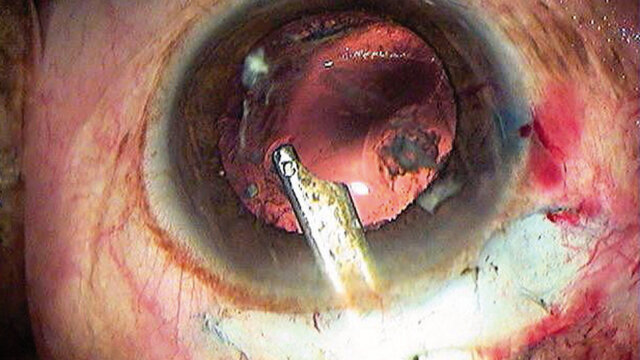FTC disclaimer: This post may contains affiliate links and we will be compensated if you click on a link and make a purchase.
Imagine waking up suddenly from sleep, coughing, wheezing, and getting a feeling as if you are suffocated. You become anxious and scared and may get down immediately on your feet.
Sitting or standing makes you feel better. This stressful condition starts to attack when you are in a defenseless state. The above-described frightening occurrence is a sign of heart failure and may occur to even those not suffering from any existing heart disease.
This condition is scientifically called Paroxysmal Nocturnal Dyspnea. Paroxysmal nocturnal dyspnea is a respiratory problem that causes shortness of breath at night.
It is different from orthopnoea, in which the symptoms are relieved once you get down from the bed, whereas in the case of paroxysmal nocturnal dyspnea, a symptom of suffocation is relieved after standing or sitting but coughing and wheezing still persist.
It is also known as cardiac asthma, as the symptoms resemble asthma attacks.
What is Paroxysmal Noctural Dyspnea?

Paroxysmal Nocturnal Dyspnea is characterized by a sudden and severe shortness of breath at night that causes the person to wake up and results in coughing and wheezing.
It is a sign of congestive heart failure and usually occurs one or two hours after the person has fallen asleep.
Paroxysmal refers to sudden attacks, nocturnal means ‘at night’, and dyspnea is the shortness of breath or difficulty breathing. So the name itself defines the medical condition.
Cardiac asthma occurs due to depression of the respiratory center during sleep, which reduces arterial oxygen tension.
This is more in patients suffering from interstitial lung disease or reduced pulmonary compliance. Moreover, blood volume is redistributed from the lower limbs to the lungs in the recumbent position.
Now, in the case of normal individuals, this has little effect, but in patients suffering from paroxysmal nocturnal dyspnea, the additional volume cannot be pumped out by the left ventricle because of the existing disease.
As a result, it causes a significant reduction in vital capacity and pulmonary compliance, along with shortness of breath.
What causes Paroxysmal Nocturnal Dyspnea?
The most common causes of paroxysmal nocturnal dyspnea are
- Chronic Obstructive Pulmonary Diseases (COPD) include lung conditions such as emphysema, cystic fibrosis, and chronic bronchitis that affect the capacity of the lungs to function properly.
- Cor Pulmonale: Cor Pulmonale is the enlargement or hypertrophy of the heart’s right ventricle due to any lung condition or disease of blood vessels.
- Cor Pulmonale is the risk factor for heart failure and hypertensive heart disease, which can cause paroxysmal nocturnal dyspnea.
- Obesity aggravates other disease conditions.
- Panic disorders
- Sleep apnea
- Snoring
In paroxysmal nocturnal dyspnea, more blood volume enters the air-filled sacs in the lungs and hampers their oxygen absorption capability.
This results in lung congestion, wheezing, and coughing due to the less output of the left side of the heart.
What are the symptoms experienced in Paroxysmal Nocturnal Dyspnea?
As already mentioned, paroxysmal nocturnal dyspnea occurs due to one or the other lung diseases or the above-mentioned factors.
It may also occur in people not suffering from heart disease. The symptoms of cardiac asthma are:
- Sudden onset of symptoms at night- Lying down for a long time causes fluid to accumulate in the lungs resulting in shortness of breath.
- Sudden coughing and wheezing
- Dyspnea or shortness of breath
- Increased rapid and superficial breathing
- Edema or swelling of the ankles and feet, which suggests heart failure
Symptoms of cardiac asthma often mimic bronchial asthma, but the main differentiating point is cough in cardiac asthma occurs during the night, one hour after falling asleep, whereas a sudden cough in bronchial asthma is initiated in the morning or after any physical exertion.
What are the investigations required for paroxysmal nocturnal dyspnea?
Several investigations have been done to determine the exact cause of cardiac asthma.
Symptoms and pre-existing conditions help diagnose the condition, but the exact reason for the onset of the symptoms is determined with the help of chest x-ray, ECG, and other pulmonary tests.
What is the treatment for paroxysmal nocturnal dyspnea?
The treatment of paroxysmal nocturnal dyspnea depends upon the cause behind the episodes. The treatment plan is tailored on an individual basis. Some of the general treatment measures are:
Weight Reduction
Normally, doctors advise reducing weight in the case of overweight people because obesity worsens the existing disease conditions.
Supplemental Oxygen
Supplemental oxygen is provided to ease out the symptoms of paroxysmal nocturnal dyspnea.
Diet
Certain measures are taken to treat fluid overload in people suffering from heart failure. This diet is the first step. Avoid a diet containing high amounts of salt, which can contribute to excessive fluid retention.
People suffering from breathing difficulties are also advised to limit their salt intake. Take a low sodium diet and avoid consuming processed and junk food with salt.
Also, avoid frozen food and canned food, takeout food items, and ready-to-eat mixes as they contain high quantities of salt to preserve them.
Eat balanced, home-cooked, healthy meals. Prepare your meals with herbs and spices instead of salt to avoid excessive fluid accumulation in the body.
Medications
Besides these diet and home measures, doctors prescribe oral medications to relieve the symptoms of fluid overload.
Diuretics are given to patients experiencing symptoms of paroxysmal nocturnal dyspnea. Diuretics and a low sodium diet are effective in treating the symptoms of PND (paroxysmal nocturnal dyspnea), but for a shorter period.
Hospital Admission
The above-mentioned methods become ineffective after some time, and severe cases of fluid overload are admitted to the hospital.
They are treated with intravenous medicines like inotropic, vasodilator, and loop diuretics.
The ultrafiltration process is done in patients in who intravenous drugs are not working effectively. In this ultrafiltration process, the patient’s blood is passed through a filter that removes excess fluid.
After that, the excess fluid is removed from the filtered blood, and the remaining blood is returned to the patient.
Patients experiencing paroxysmal nocturnal dyspnea should immediately consult a doctor as it could be life-threatening.
Conclusion
Paroxysmal nocturnal dyspnea is a condition that causes shortness of breath at night. The exact cause is unknown, but it is thought to be related to heart or lung problems.
Symptoms include waking up suddenly with shortness of breath, feeling anxious, and having difficulty falling back asleep.
Treatment involves managing the underlying condition and improving sleep habits. If you think you may have this condition, talk to your doctor.
